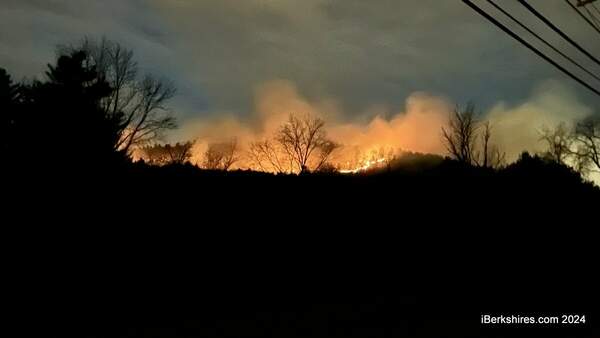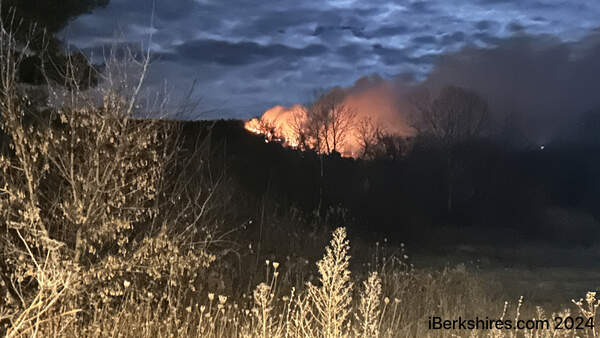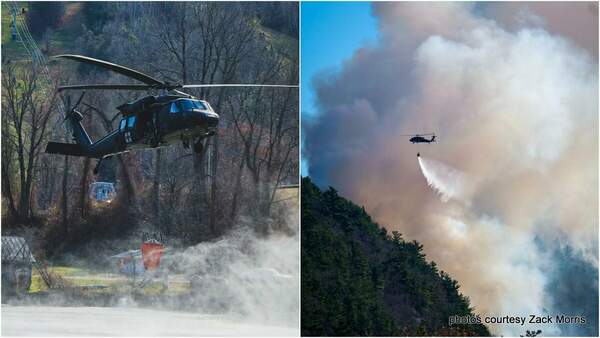Mild Drought In Parts of Berkshire County
BOSTON – Following two months of below normal rainfall, Energy and Environmental Affairs (EEA) Secretary Rebecca Tepper declared a Level 1-Mild Drought in the Central and Northeast Regions of Massachusetts. Additionally, a localized Level 1-Mild Drought has been declared in the Boston Harbor Basin (partially in the Northeast and Southeast Regions) and the Hudson Basin (in the northern part of the Western Region).
Due to critically low flow conditions, a localized Level 1-Mild Drought declaration remains in the Parker River Basin.
A Level 1-Mild Drought, as outlined in the Massachusetts Drought Management Plan, requires detailed monitoring of drought conditions, close coordination among state and federal agencies, and technical outreach and assistance to the affected municipalities. All other regions of the state – Western, Connecticut River Valley, Southeast, Cape Cod, and Islands – remain in Level 0-Normal conditions.
During the past several months, low streamflow, and below average precipitation were observed in the Central and Northeast parts of the state. Keetch-Byram Drought Index (KDBI)/Fire Danger indices were monitored at level 2 severity in both the Central and Northeast Regions. In the past month, precipitation, stream flow, and groundwater were below normal in the Boston Harbor Basin. Likewise, in the Hudson Basin streamflow and precipitation were observed as below average. KDBI/Fire Danger were monitored at level 2 severity in the Boston Harbor Basin and level 1 in the Hudson Basin.
The decision to declare these regions and watersheds a Level 1-Mild Drought were informed by recommendations and discussions by the Drought Management Task Force (DMTF), composed of state and federal officials, and other entities.
Several factors are considered in determining whether there is a drought, such as precipitation, groundwater levels, streamflow, lakes and impoundments, evapotranspiration, and fire potential.
During a mild drought, below-normal conditions are just setting in, and impacts are slowly starting to be seen across the area.
The declaration will remain in effect until water levels return to normal conditions in this region.
Those living and working within a Level 1-Mild Drought region, including residents utilizing a private well, are asked to take the following actions:
For Region in Level 1-Mild Drought
Residents and Businesses:
-
Minimize overall water use;
-
Limit outdoor watering to one day per week from 5:00 PM to 9:00 AM, or less frequently if required by your water supplier;
-
Plant only local and drought-resistant species;
-
Fix indoor leaks, such as from toilets, faucets, and showers, which result in more than 60 percent of indoor use;
-
For larger buildings and businesses, conduct water audits to identify areas of leaks and potential water conservation opportunities;
-
Minimize lawn sizes; and,
-
Harvest rainwater for outdoor watering.
Communities:
-
Establish a year-round water conservation program that includes public education and communication, taking advantage of the state's library of outreach materials;
-
Provide timely drought and water conservation information to residents and businesses;
-
Check emergency inter-connections for water supply; and,
-
Develop a local drought management plan (learn more here).
State agencies will continue to closely monitor and assess conditions across the state, coordinate any needed dissemination of information to the public, and help federal, state, and local agencies prepare additional responses that may be needed in the future. For further information on water conservation and what residents can do, visit the EEA's drought and water conservation pages.















